Technology moves so quickly. The common consumer will purchase a brand new computer, to simply find out that two years later that their once state of the art computer is now a piece of junk due to even newer technology being released. However, let’s think back to a time where computers were big, bold and…kind of beautiful! Most people would say that these machines are pieces of junk, but to real computer lovers they are works of art. Here are 10 obsolete and antique computers.
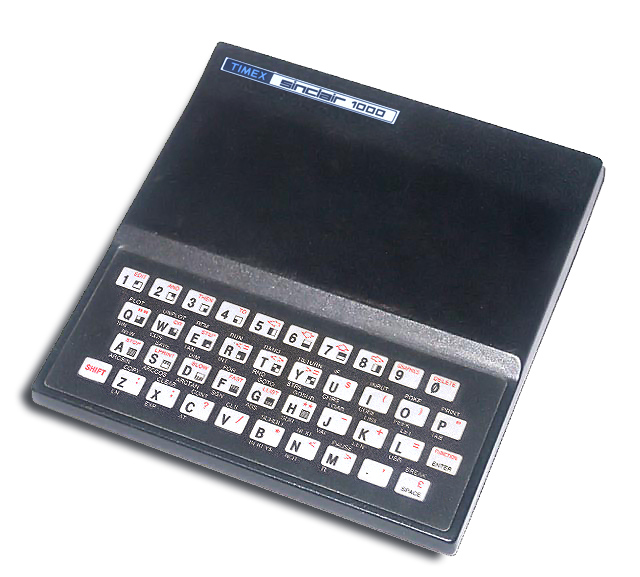
The Timex Sinclair 1000 is a collaboration between Timex Corporation and Sinclair Research; their first personal computer produced together. The computer utilised a version of Basic as its programming language and interface. The computer was released to the public in July 1982, where it became the cheapest home computer available; pipping Commodore’s VIC-20 to the post.
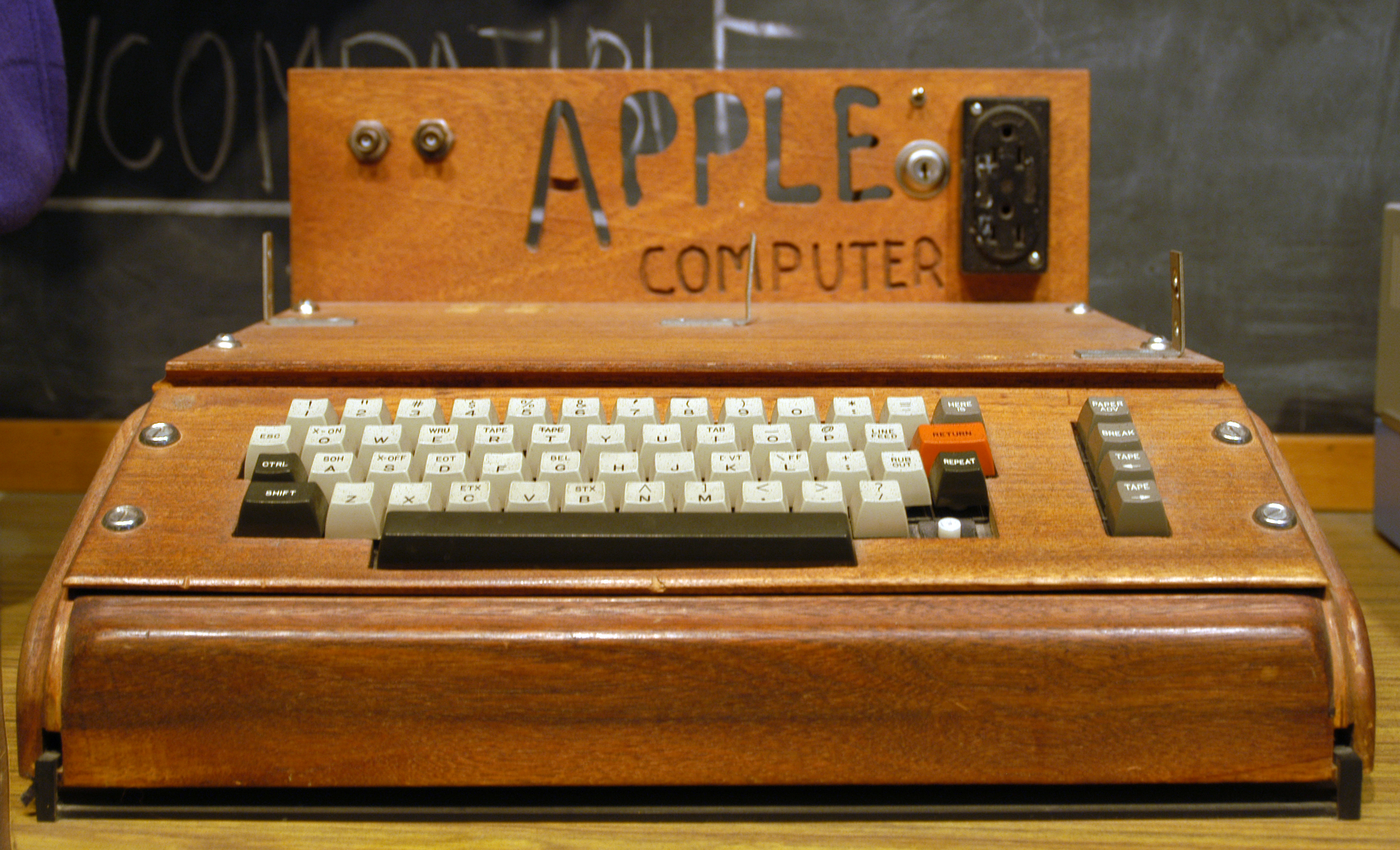
The Apple I is where it all started; the original Apple. In July 1976 the Apple I was available for purchase at $666.66 - simply because Steve Wozniak, co-founder of Apple, loved repeating digits. 200 of these hand crafted beauties were constructed (at the hands of Wozniak) and are now a collector’s item. In 2010 an Apple I sold for $210,000.
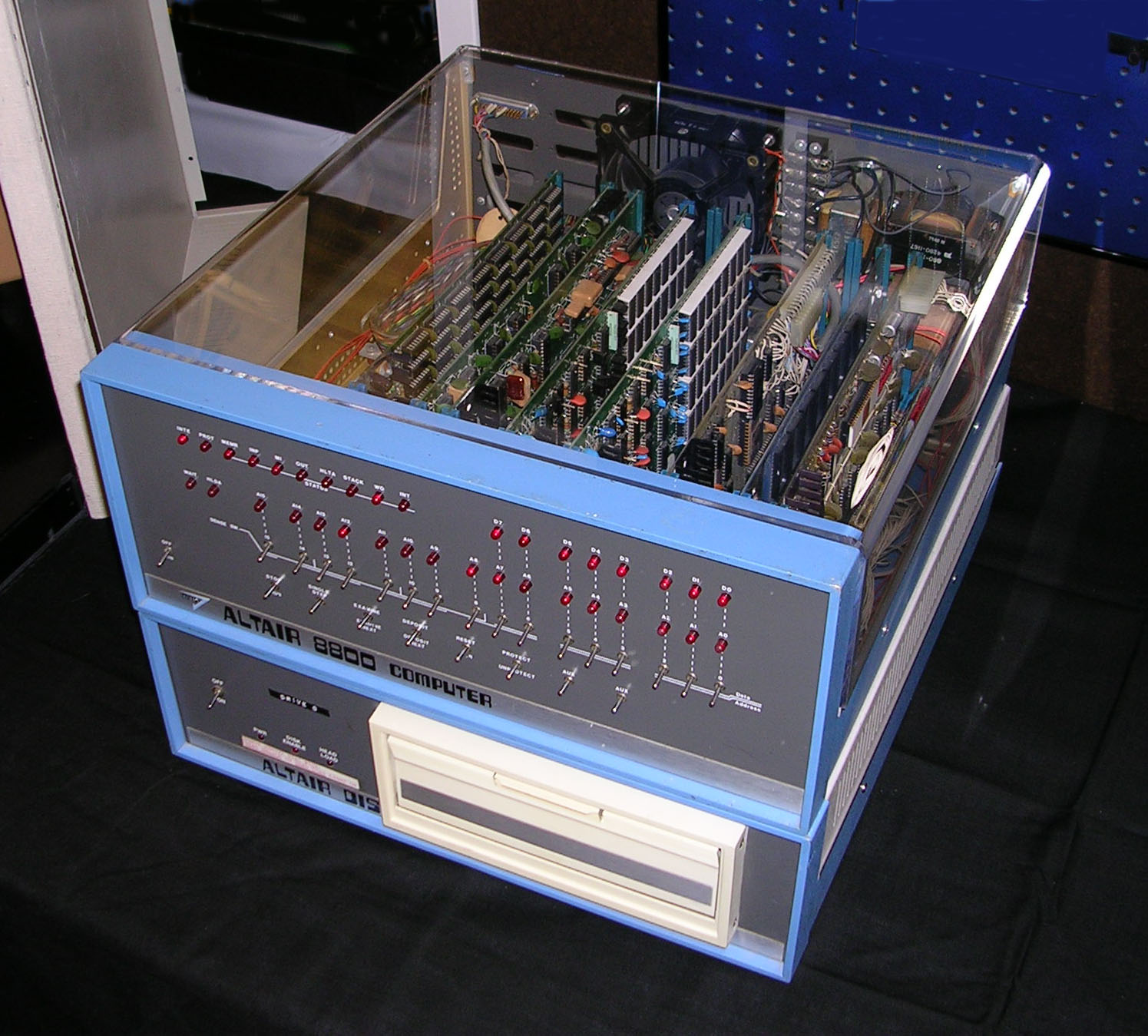
The MITS Altair 8800 is a microcomputer from the mid 1970s. MITS also released a ‘build-it-yourself’ version of the computer, hoping that they would sell a couple of hundred kits to keen hobbyists. However, to a complete surprise of everyone the build-it-yourself computers sold thousands in the first month alone.

Commodore International launched the 8 bit computer Commodore 64 in 1982. Alternative names for the Commodore 64 are the C64 & C=64. The Commodore 64 is famous for being the most sold personal computer ever; selling up to 17 million units. People who owned a Commodore 64 could access a number of different software titles, over ten thousand, ranging from office tools to video games.

The Imsai 8080 was known as being the first clone of another computer. The IMSAI 8080 was based completely on the MITS Altair 8800, but ran a different operating system known as IMDOS. In the three years of production in the late 70s, it sold around 20,000 units.
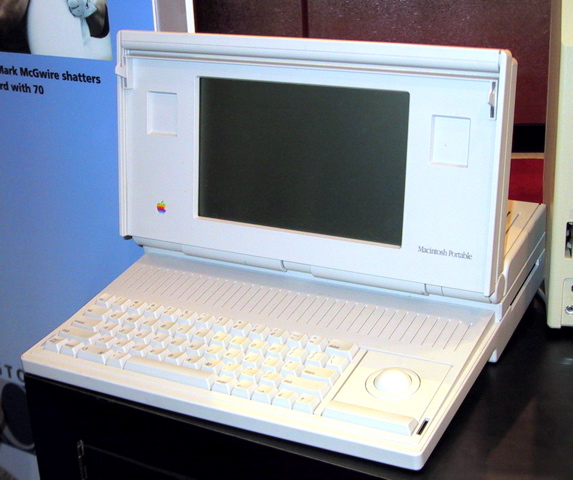
The portable Macintosh was the first portable computer made by Apple. Critics were excited prior to the machines release, but soon people saw its flaws. One main one being that if the battery ran out of power you could not run it on AC power.
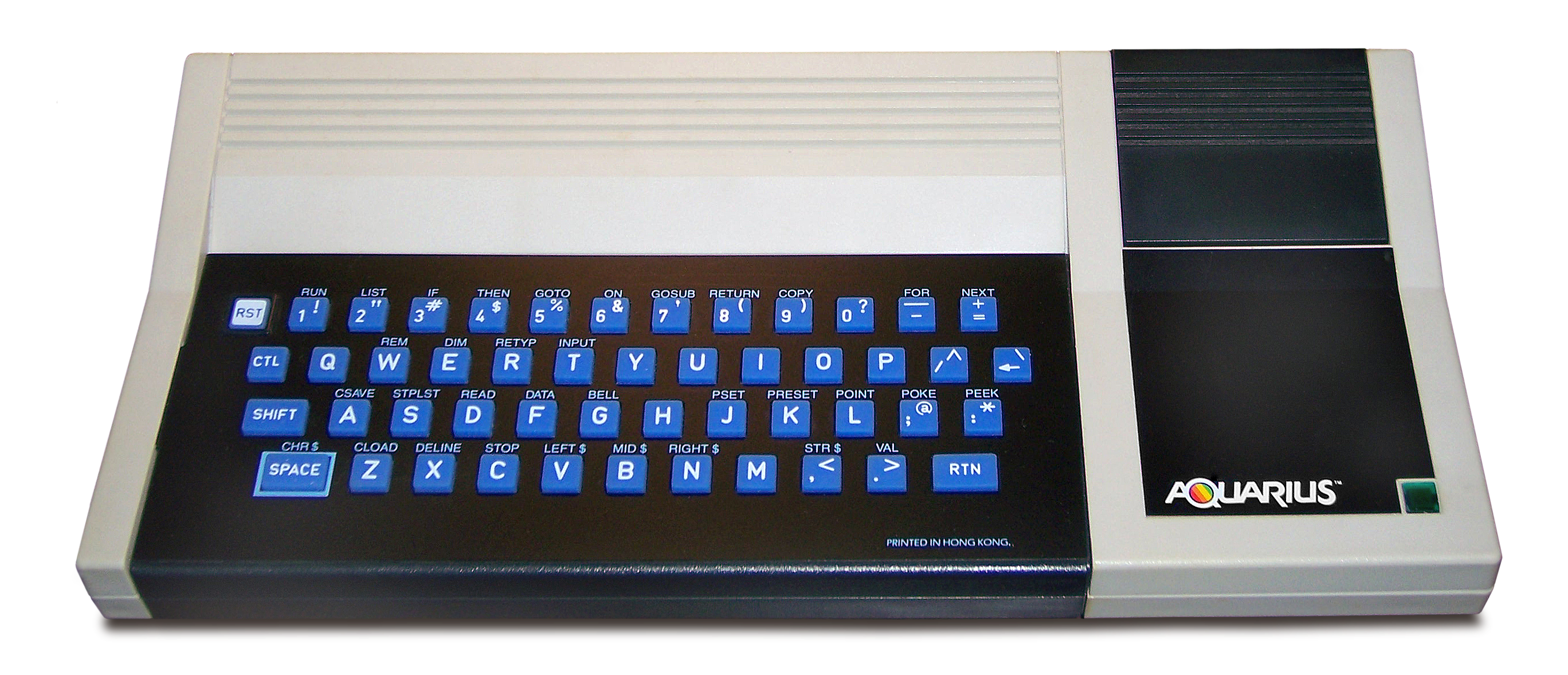
This home computer was released in 1983, featuring a rare Zilog Z80 microprocessor. This computer connects to a TV screen and uses an unusual method of data storage; cassette tape.

Introduced in the 1960s, the PDP80 was a gleaming example of what a minicomputer should be like. Digital Equipment Corporation shifted over 50,000 units - significantly more than any other computer at the time.

The Osborne 1 was released by the Osborne Computer Corporation in 1981, becoming the first portable microcomputer which became a commercial success. What was great about the machine was that a hefty amount of software came with the machine, which was most appealing for consumers.

The TRS-80 is a colour computer released by Radio Shack. The TRS-80 is kind of special, because it was part of the first generation of computers released for English language speakers.
It would be sacrilege to call this motley crew of antique computers ‘a load of old junk’. These computers supplied a lot of people with a lot of happiness back in their day, and will always have a soft spot in computer geek’s hearts and minds. Computers as well as mobile technology has come alone way in the last five decades alone; todays computer can dial communication worldwide, it is amazing to see these developments and it is very important not to forget where it all started.
Top 10 Antique And Obsolete Computers
Timex Sinclair 1000

The Timex Sinclair 1000 is a collaboration between Timex Corporation and Sinclair Research; their first personal computer produced together. The computer utilised a version of Basic as its programming language and interface. The computer was released to the public in July 1982, where it became the cheapest home computer available; pipping Commodore’s VIC-20 to the post.
Apple I

The Apple I is where it all started; the original Apple. In July 1976 the Apple I was available for purchase at $666.66 - simply because Steve Wozniak, co-founder of Apple, loved repeating digits. 200 of these hand crafted beauties were constructed (at the hands of Wozniak) and are now a collector’s item. In 2010 an Apple I sold for $210,000.
Altair 8800

The MITS Altair 8800 is a microcomputer from the mid 1970s. MITS also released a ‘build-it-yourself’ version of the computer, hoping that they would sell a couple of hundred kits to keen hobbyists. However, to a complete surprise of everyone the build-it-yourself computers sold thousands in the first month alone.
Commodore 64

Commodore International launched the 8 bit computer Commodore 64 in 1982. Alternative names for the Commodore 64 are the C64 & C=64. The Commodore 64 is famous for being the most sold personal computer ever; selling up to 17 million units. People who owned a Commodore 64 could access a number of different software titles, over ten thousand, ranging from office tools to video games.
Imsai 8080

The Imsai 8080 was known as being the first clone of another computer. The IMSAI 8080 was based completely on the MITS Altair 8800, but ran a different operating system known as IMDOS. In the three years of production in the late 70s, it sold around 20,000 units.
Macintosh Portable

The portable Macintosh was the first portable computer made by Apple. Critics were excited prior to the machines release, but soon people saw its flaws. One main one being that if the battery ran out of power you could not run it on AC power.
Aquarius

This home computer was released in 1983, featuring a rare Zilog Z80 microprocessor. This computer connects to a TV screen and uses an unusual method of data storage; cassette tape.
PDP-8

Introduced in the 1960s, the PDP80 was a gleaming example of what a minicomputer should be like. Digital Equipment Corporation shifted over 50,000 units - significantly more than any other computer at the time.
OSBORNE 1

The Osborne 1 was released by the Osborne Computer Corporation in 1981, becoming the first portable microcomputer which became a commercial success. What was great about the machine was that a hefty amount of software came with the machine, which was most appealing for consumers.
TRS-80

The TRS-80 is a colour computer released by Radio Shack. The TRS-80 is kind of special, because it was part of the first generation of computers released for English language speakers.
It would be sacrilege to call this motley crew of antique computers ‘a load of old junk’. These computers supplied a lot of people with a lot of happiness back in their day, and will always have a soft spot in computer geek’s hearts and minds. Computers as well as mobile technology has come alone way in the last five decades alone; todays computer can dial communication worldwide, it is amazing to see these developments and it is very important not to forget where it all started.
